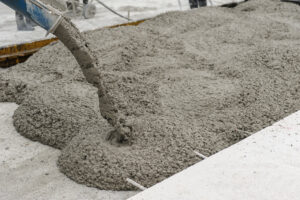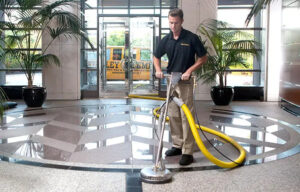Blog
Business & Services
anode rod replacement, electric water heater, electric water heater care, energy efficient water heater, extend water heater life, flushing water heater, Home Maintenance, hot water heater troubleshooting, plumbing tips, pressure relief valve, water heater insulation, water heater leaks, water heater maintenance, water heater safety, water heater tips
angela
0 Comments
Maintenance Tips to Extend the Life of Your Electric Water Heater
An electric water heater plays an important role in providing hot water for daily use. Whether for showers, washing dishes, or cleaning, a properly functioning water heater makes life comfortable and convenient. Like any appliance, regular care and maintenance can help it last longer and operate efficiently. If you want to avoid premature breakdowns and costly repairs, here are some practical tips to keep your electric water heater in good condition for years.
1. Check the Temperature Setting
Most electric water heaters come with a thermostat to control the water temperature. Setting the temperature too high can cause overheating, increasing wear and tear on the heating elements and tank. It also wastes electricity. The recommended temperature setting is usually around 120 degrees Fahrenheit (49 degrees Celsius). This temperature is sufficient for household needs and reduces the risk of scalding.
Lowering the temperature setting not only saves energy but also helps prevent sediment buildup inside the tank, which can damage the unit over time.
2. Drain and Flush the Tank Regularly
Sediment buildup is one of the main causes of electric water heater problems. Over time, minerals and debris from the water settle at the bottom of the tank. This can reduce the heater’s efficiency and cause corrosion.
To prevent this, it is important to drain and flush the tank at least once a year. Flushing the tank removes the sediment and helps maintain efficient heating. Here’s how to do it:
- Turn off the power supply to the heater.
- Attach a garden hose to the drain valve at the bottom of the tank.
- Open the drain valve and allow the water to flow out completely.
- Close the valve, remove the hose, and refill the tank with fresh water.
- Turn the power back on once the tank is full.
This simple task can significantly improve the heater’s performance and extend its lifespan.
3. Inspect the Anode Rod
The anode rod is a metal rod inside the tank designed to attract corrosive elements in the water, protecting the tank from rust. Over time, the rod wears down and needs to be replaced.
Check the anode rod every couple of years. If it is severely corroded or less than half an inch thick, it should be replaced. Replacing the rod can prevent rust from damaging the tank walls, helping the water heater last longer.
4. Check for Leaks
Regularly inspect your water heater for any signs of leaks around the tank, valves, or fittings. Water leaks can cause damage to the heater and surrounding areas. If you notice moisture, dripping, or puddles near the unit, address the issue promptly.
Leaks may indicate worn-out valves or corrosion and may require repairs or part replacements. Catching leaks early helps prevent larger problems and water damage.
5. Test the Pressure Relief Valve
The pressure relief valve is an important safety feature on electric water heaters. It releases excess pressure from the tank to prevent potential explosions.
Test the valve once a year by lifting the lever and letting it snap back. You should hear a rush of water or see some water discharge. If the valve does not release water or leaks continuously, it may need replacement.
Never attempt to block or disable the valve. Keeping it functional is crucial for safety and proper operation.
6. Insulate the Heater and Pipes
Insulating your electric water heater and the hot water pipes can help reduce heat loss, saving energy and reducing the workload on the heater.
Use an insulation blanket specifically made for water heaters, following the manufacturer’s instructions. Insulate exposed pipes to keep the hot water warmer as it travels to faucets.
Proper insulation helps the heater maintain temperature with less energy and reduces wear on heating elements.
7. Avoid Overloading the Heater
Be mindful of how much hot water you use at once. Running multiple high-demand appliances or showers simultaneously can strain the water heater and cause it to work harder.
If your household regularly requires large amounts of hot water, consider a higher-capacity water heater or installing a secondary unit. This can help prevent overworking a single heater, which may shorten its lifespan.
8. Schedule Professional Inspections
Even with regular care, it’s a good idea to have a professional plumber inspect your electric water heater every few years. They can check electrical connections, test heating elements, and perform a thorough assessment.
A professional can spot potential issues before they become serious problems, saving you money on repairs and extending the life of your water heater.
Conclusion
Taking care of your electric water heater involves simple steps that can make a big difference. By keeping the temperature at a safe level, flushing out sediments, inspecting key components, and addressing minor issues early, you help ensure reliable hot water and avoid unexpected failures. Adding insulation and using hot water wisely further supports your heater’s efficiency. With proper attention, your electric water heater can continue to serve your household comfortably for many years.










